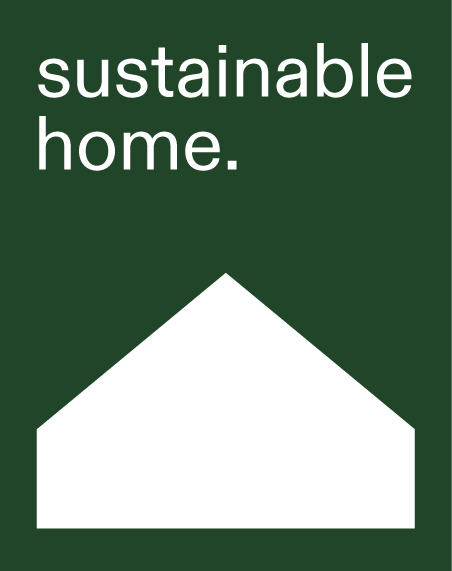According to builder Matthew Carland, director of Carland Constructions, a truly sustainable home focuses on building science, rather than energy efficiency.
Matthew explains, ‘If you build for building science, the by-product is energy efficiency, whereas if you build for energy efficiency and don’t worry about building science, you’re going to have huge problems.’
This thinking essentially summarises the internationally recognised Passive House design standard, which prioritises thermal comfort and minimal heating and cooling through appropriate insulation, airtightness, window and door design, ventilation systems with heat recovery, and the elimination of thermal bridges.
While still relatively novel in Australia, Altereco Design and Carland Constructions design and build all their projects to this high environmental standard, including this recently completed house — created for a family whose grandmother owned the previous 1960s home on the Williamstown site.
The brief to Altereco Design stipulated functionality over aesthetics, and an interest in exploring the Passive House standard.
Given the existing home’s condition and the client’s brief, the team at Altereco advised the clients to undertake a new build, utilising their AlterecO2 range of pre-designed and pre-costed homes.
‘A new build gave us a clean slate and the best chance of an uncompromised design response,’ explains James Goodlet, director of Altereco Design.
This is the second completed home that adopts AlterecO2’s ‘Possum’ design — a single-storey, 10-metre-wide house designed for small urban sites. The facade was tailored to reflect a contemporary Australian take on the California bungalow style, in keeping with the neighbourhood character.
The interiors are based on AlterecO2’s Riverland interior scheme — a muted palette of blues, soft greys, and sage green. Materials such as Tasmanian oak, porcelain tiles, and a Calacutta-look benchtop balance tactility with durability.
‘Materiality was considered to ensure the home could stand up to the demands of daily family life with active young boys,’ says James.
While the average new Australian home experiences a reported 15.4 air changes per hour (ACH), this home reports just 0.41.
This level of air tightness is paired with a mechanical ventilation heat recovery system to filter the home’s air, without placing excessive demand on heating and cooling systems.
The house is also fitted with triple-glazed windows, ensuring warmth is retained in winter, and protection from the sun in summer.
James says his proudest achievement of the project is ‘knowing that these kids are going to grow up in a home that supports a healthy indoor environment, especially living in Melbourne’s inner west, which is notorious for having poor air quality.’
He adds, ‘It’s something often overlooked, yet so important for their development.’
The home’s running costs speak for themselves. Thanks to its efficient design and 8.75kW solar array, the house has produced almost three times the amount of energy it consumed in its first 13 months of occupancy.
‘They have generated to date 9934kWh and have consumed 3163kWh. To me, that’s an insane amount of net positive energy,’ says Matthew.
With the house now achieving Passive House certification, Matthew hopes it will never have to be rebuilt again.
‘There’s nothing more unsustainable than building a house twice, which means it needs to be built correctly,’ Matthew says. ‘This is why we choose to build Passive Houses.’





































































